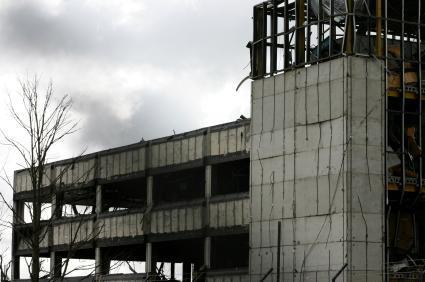The advance model aims brings clarity to explosion risks

Marsh is set to launch a new modelling tool for explosions in the energy sector.
According to Marsh, in the last 40 years the top 10 property losses attributed to explosions in the global hydrocarbon extraction, transport and processing industries alone have accounted for more than $8.5bn in losses.
To date, many firms have relied on TNT equivalence models for estimating potential loss impact, but these explosion models do not take into account the build-up of flammable gases within the structures following release.
The new tool, Marsh Blast, will be able to calculate the maximum property-damage loss as it uses the Baker-Strehlow-Tang (BST) explosion model, which uses blast curves to predict the consequences of Vapour Cloud Explosions (VCEs).
Marsh chairman of global energy and power practice Andrew George said: “When explosions occur, their impact can be catastrophic in terms of business interruption and financial loss.”
George added that the new model could help address previously unquantifiable risks that had contributed to higher premiums.
According to George, Marsh Blast would provide “much-needed analytics to help with balance sheet management”.
Marsh will launch Marsh Blast in March at its biennial National Oil Companies (NOC) Conference.







No comments yet